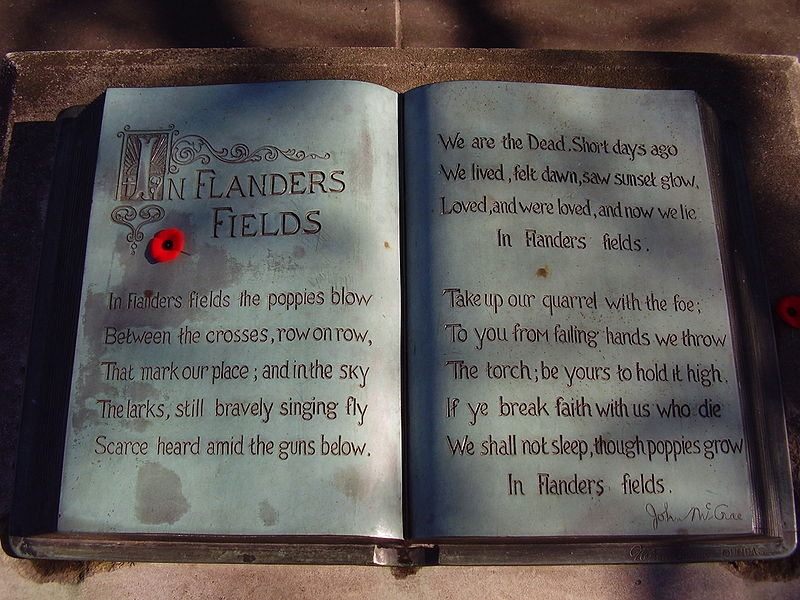
Today we reopen the 'murder by germs' file to recount how the Bubonic Plague found its way to Calcutta and murdered a Bengali Zamindar. Yes, you heard it right – murdered! A thread about the sensational case that shocked the world (1/n) 

On a winter’s evening in 1933, Amarendra Chandra Pandey, the wealthy scion of a Bengali Zamindar family from Pakur (in present day Jharkhand), along with his compatriots, was walking down an usually busy Howrah station platform in Calcutta (2/n) 

Amarendra was supposed to get on a train to Pakur, but before he could do so, a mysterious-looking person bumped into him. Suddenly, Amarendra felt a sharp pin prick (3/n)
He cried out in pain. His compatriots, alarmed, started searching for the person who bumped into him. But alas! He had vanished from the scene.
Amarendra’s half-brother Benoyendra then appeared on the scene (4/n)
Amarendra’s half-brother Benoyendra then appeared on the scene (4/n)
Dismissing the whole situation, he took his brother to Pakur. Amarendra fell sick the next day. On the fourth day, when the fever took a ghastly turn, he was taken back to Calcutta for a checkup (5/n)
The chaotic affairs of the next few days took place in a guest house near Rashbehari Avenue. First Ranjan Sengupta, a famous physician of that time, came to examine Amarendra and immediately saw the mark of a hypodermic needle on his arm (6/n)
He took a blood sample and sent it for testing. In the mean time, another doctor, on the behest of Benoyendra, assured the family that Amarendra will recover soon (7/n)
But it was not to be. Amarendra went into a coma and died on December 3. The cause of death was stated as pneumonia (8/n)
The blood report arrived a few days later and revealed that a lethal bacteria - Yersinia pestis - was found in Amarendra’s bloodstream. Incidentally, Yersinia pestis is the same bacteria that caused the Bubonic Plague, killing countless people worldwide (9/n)
The unique murder caught the eye of the world. Time magazine called it a “Murder with germs” while Singapore’s Strait Times called it “the secret of the prick in the arm” (10/n)
The investigation which followed revealed startling details of a criminal conspiracy and a family feud. The feud started with the death of Amarendra’s father (11/n)
Benoyendra being the elder sibling took control of the family’s estates and fortunes, but his exuberant lifestyle caused a stir in the family (12/n)
After Amarendra came of age, he took over the family’s estates after a fierce legal battle that left Benoyendra enraged and furious. Benoyendra then planned to get rid of his brother with the help of his friend and doctor Taranath Bhattacharjee (13/n)
It was perhaps Taranath who came up with the ingenious idea of using a germ for their purpose. Between 1932 and 1933 at least four attempts were made on Amarendra’s life, but he survived all of them (14/n)
In 1933, Taranath wrote to the Haffkine Institute in Bombay seeking to study the bacterial germs. It was the only lab in India where cultures of Yersinia pestis bacteria were kept (15/n) 

Eventually, they managed to get a specimen from Arthur Road Infectious Disease Hospital and used it days later to deliver the final blow (16/n)
The Calcutta police did a meticulous investigation, got in touch with the institutes in Bombay, checked hotel records and whereabouts of Benoyendra and Taranath before and after the murder. It all added up in the end (17/n)
The duo were arrested in February 1934, three months after Amarendra’s murder. The trial court held them guilty and sentenced them to death. In 1936, the Calcutta High Court commuted the sentence to life imprisonment (18/n)
Other accomplices in the conspiracy were all acquitted due to lack of concrete evidence. While delivering the final verdict, even Justice Williams had commented it was ‘probably unique in the annals of crime’ (19/n)
The actual murderer, the one who injected the germ into Amarendra, was never traced and neither the instrument he used to commit the crime was ever found (20/n)
• • •
Missing some Tweet in this thread? You can try to
force a refresh















